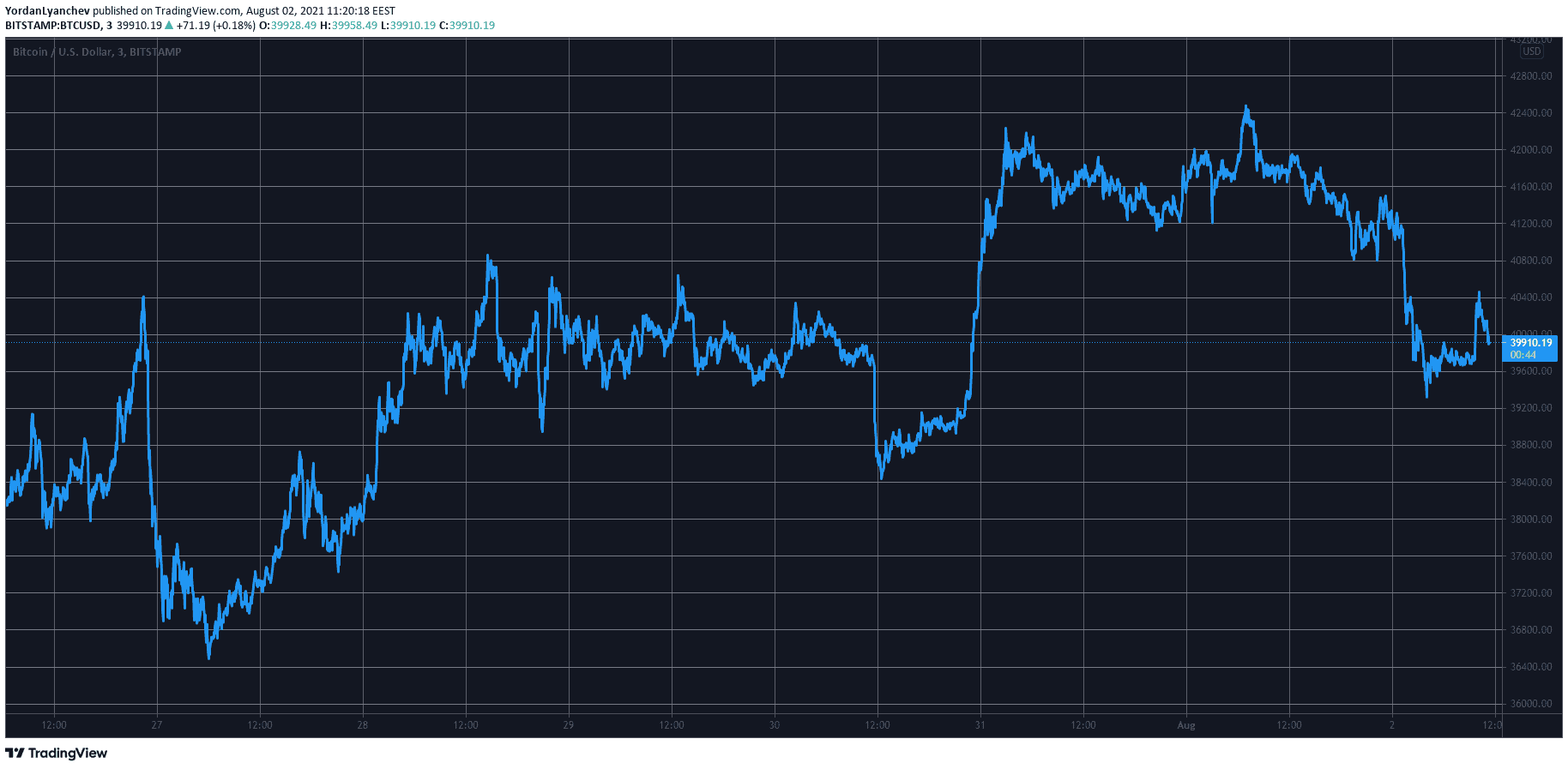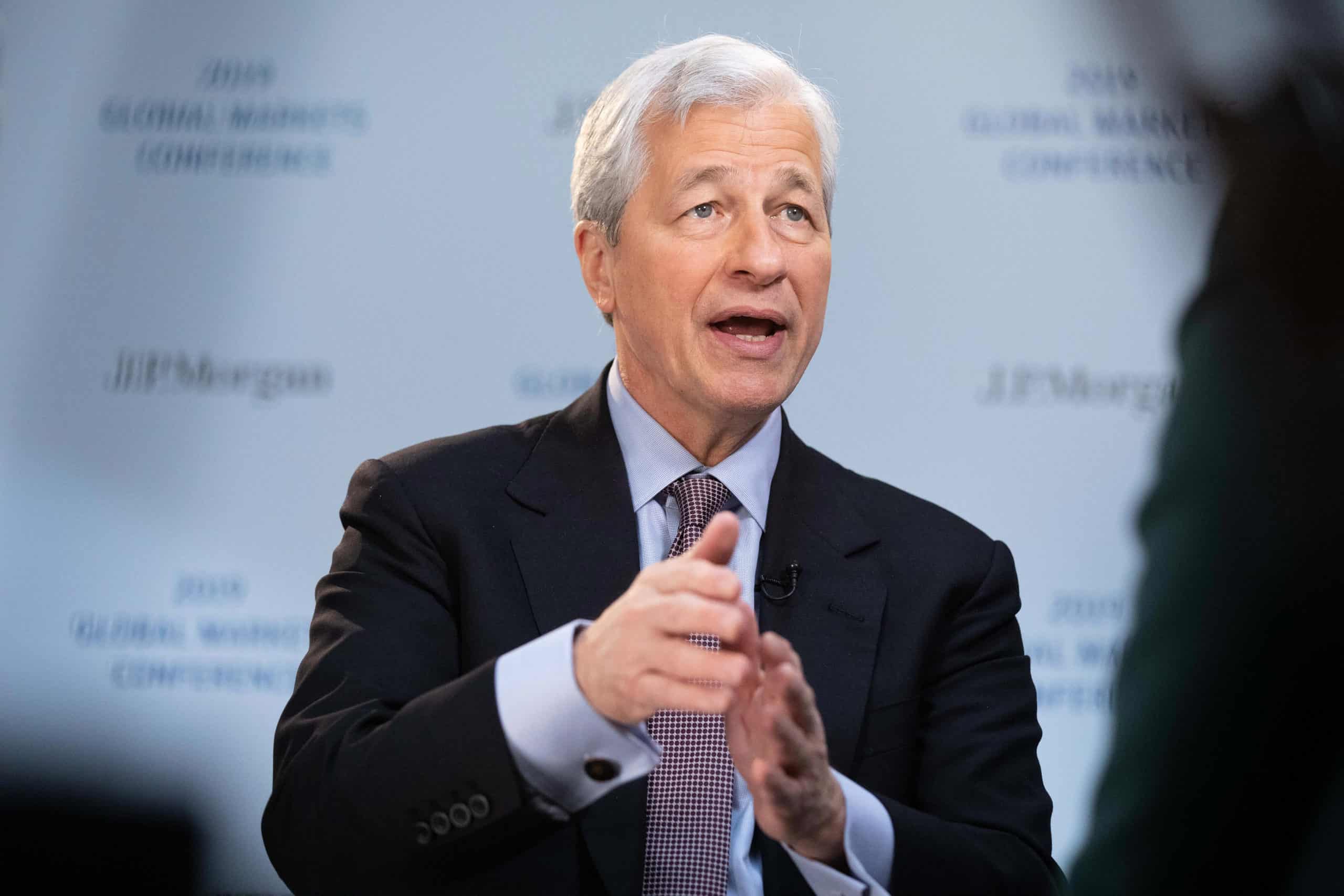Bitcoin Slumped 6% Following Two Green Weeks (Market Watch)
After charting a new 11-week high above $42,600, bitcoin has cooled off slightly by retracing to around $40,000. Most altcoins have also calmed since the weekend, with ETH down to $2,600 and BNB dipping beneath $340.
Bitcoin Slides 6% Since the Weekend Top
The primary cryptocurrency went on a roll during the weekend after the brief drop to $38,300 on Friday. As Saturday entered, though, it charted an impressive candle in which it added roughly $4,000 of value to $42,400.
Despite retracing by several hundred dollars in a few hours shortly after, the bulls kept pushing it north, and BTC spiked above $42,600. This became its highest price tag since the mid-May market crash.
However, the asset failed to continue upwards and dropped to $39,200 earlier today. Despite bouncing off since then, bitcoin still trades below $40,000 and is still about 6% down since the most recent top.
Nevertheless, BTC is up by more than $10,000 in the past two weeks, and on-chain data suggests that its longer-term metrics are still bullish. Moreover, the creator of the popular Stock-to-Flow model asserted that the cryptocurrency has performed “like clockwork” after the sub-$30,000 drop.

Altcoins See Red
The alternative coins enjoyed the past few days as well registering multi-week records of their own. Ethereum went as high as $2,700 but has decreased by about $100 since then and currently sits around $2,600.
Binance Coin, which jumped to nearly $350, is down by more than 2% on a 24-hour scale to $335. Cardano (-2.3%), Ripple (-2%), Dogecoin (-3%), Bitcoin Cash (-1.3%), Chainlink (-2.5%), and Litecoin (-3%) have also declined in value in a day.

Apart from Bitcoin Gold (10%), and Luna (9%), most other lower- and mid-cap alternative coins are in red as well. Siacoin leads the adverse trend with a 14% drop to $0.016.
IOTA (-9%), Decred (-8%), OKB (-7%), Basic Attention Token (-7%), ICON (-7%), and AMP (-6%) are next.
The cumulative market cap of all cryptocurrency assets is down by approximately $50 billion in a day, but it’s still over $1.6 trillion.









